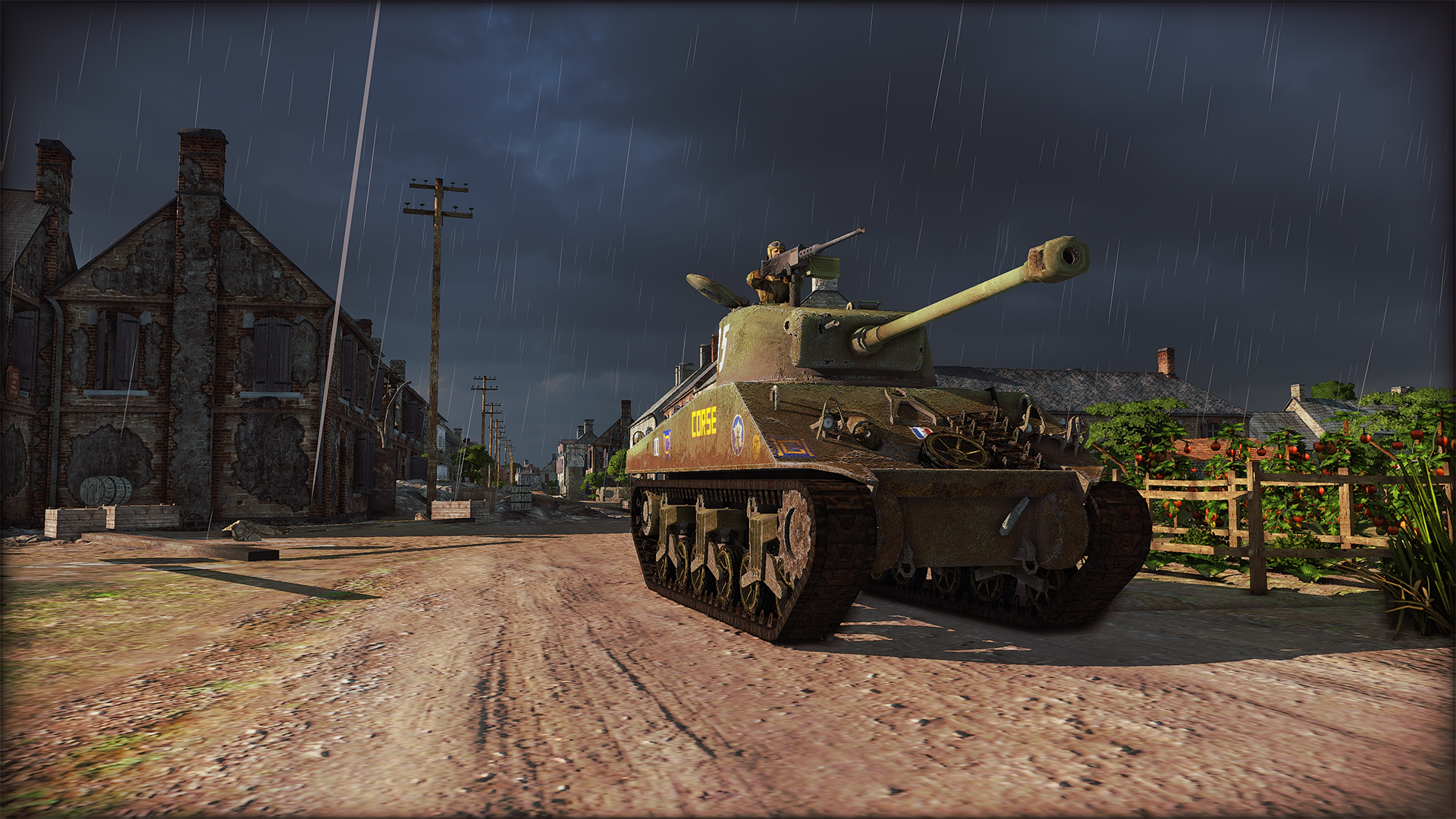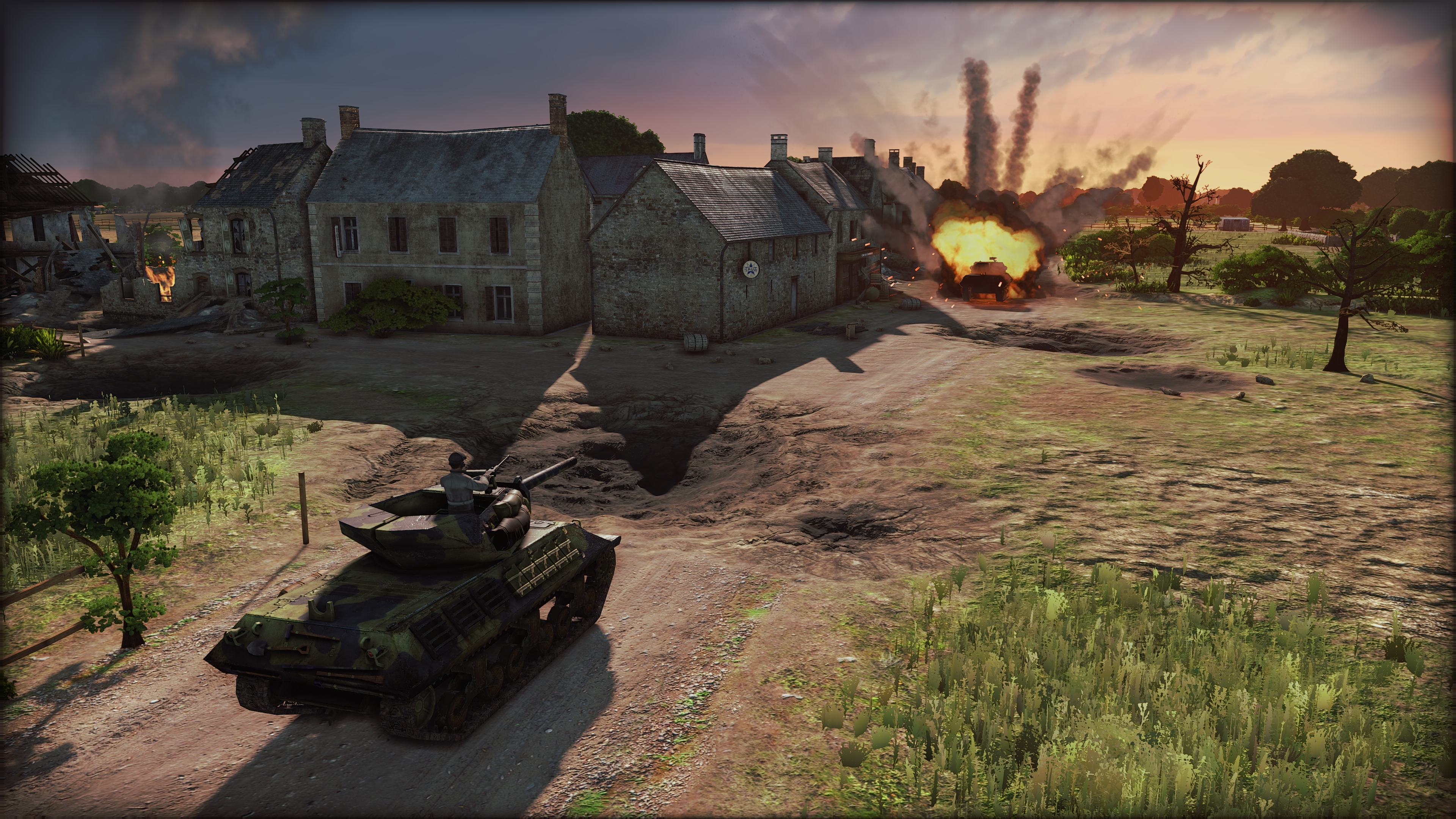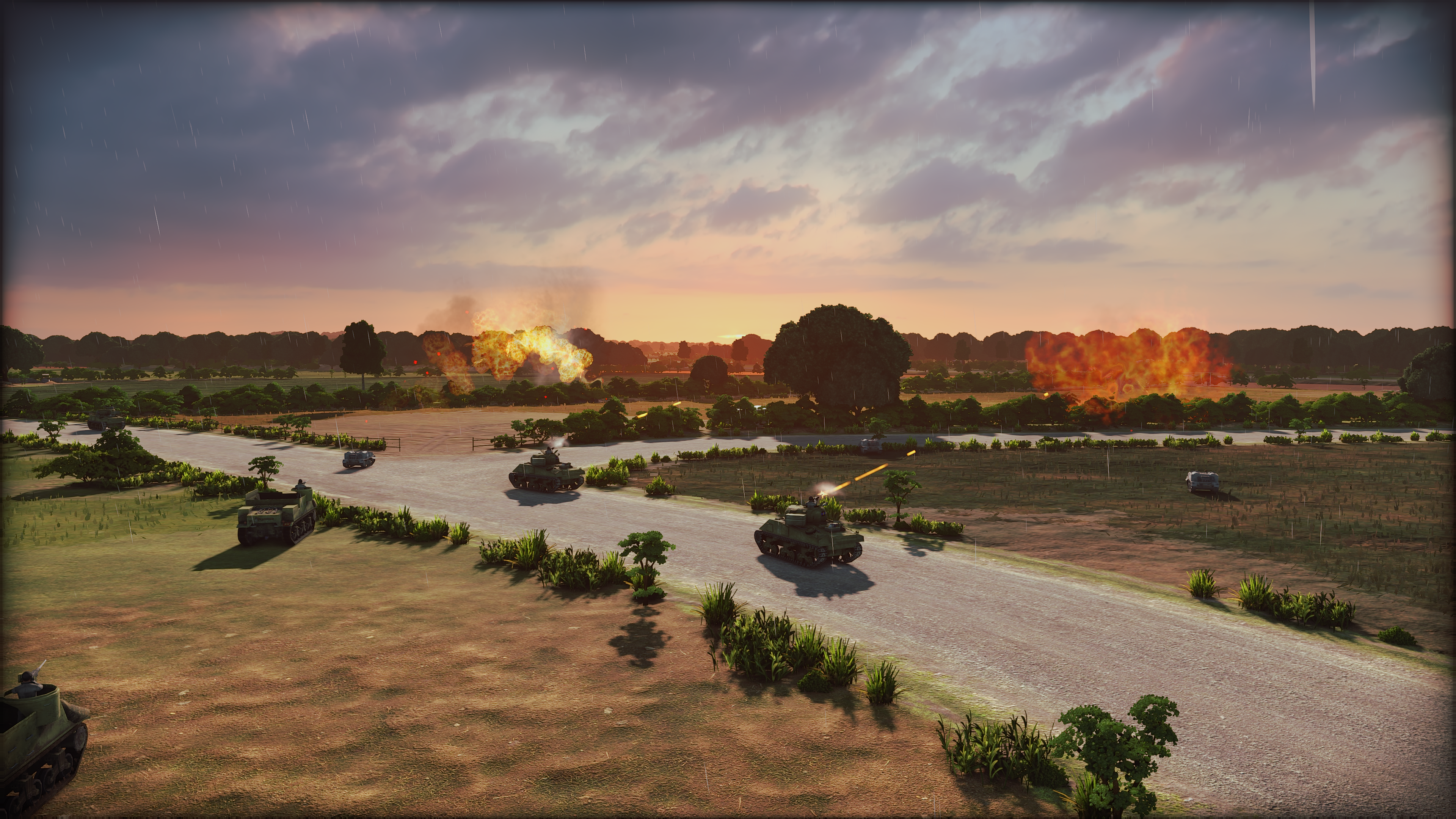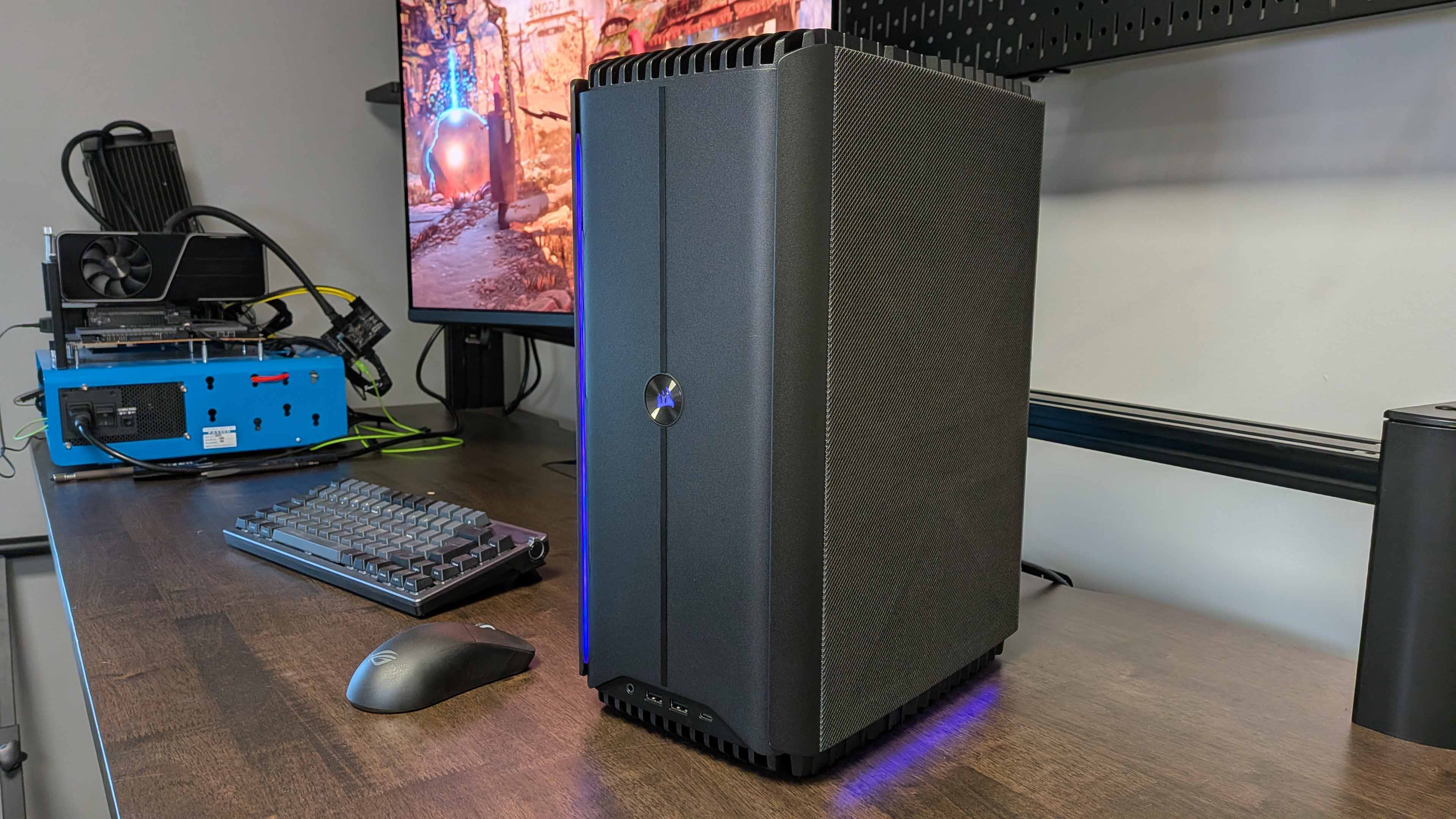Publisher Paradox Interactive and Wargame/RUSE creators Eugen Systems are on a mission to make “the most authentic real-time tactical game” set in World War 2. At least, that’s how Eugen’s Alexis Le Dressay introduced me to the upcoming Steel Division: Normandy 44 in a Skype call filled with talk of impassible French hedgerows, the stress of being under machine gun fire, and making 1:1 scale maps from aerial photography of Normandy taken during the actual conflict in question. It’s a tall order, as historical accuracy doesn't always equate to enjoyable gameplay. But Le Dressay sounded inspired by that challenge.
Combat in Normandy ‘44 takes place at the division level. Rather than selecting a nation, you pick from a number of Allied and Axis divisions that fought in Northern France near the close of the war (though the actual beach landings won’t be included), each with a unique unit roster and play style. Among the names dropped were the US 101st Airborne and the German 12th SS, with England, France, Poland, Canada, and Scotland also represented. Some nations have multiple divisions to choose from, with each falling into a broad category of armored, mechanized, or infantry.
While your division serves almost like a deck of cards that you select prior to a battle, the troops you will actually be taking into the field, called a Battlegroup, are 30-40 units chosen from this roster on a mission-by-mission basis. These can include anything from a superheavy German Tiger tank (which are controlled individually), down to a platoon of infantry (which are controlled as a group of roughly 10 riflemen or a single machine gun crew, rather than as individual units). These units will attempt to push and pull a dynamic front line that moves as you take and lose terrain, with victory points assigned based on how much of the map you control.
In addition to a singleplayer campaign, Normandy ‘44 will support up to 10 vs 10 in online multiplayer, with the most colossal brawls taking place on maps large enough that they can be broken into chunks and used piecemeal for smaller engagements. Ranked and casual matches will be available, across a “tremendous” number of maps. I wasn’t provided with any hard numbers, but Eugen assured me it would be “two to three times the usual” in similar games.
Each battle takes place in three phases, which is where one of the most interesting strategic elements comes in. Certain units in your battlegroup will only be able to be deployed in certain phases based on their strategic speed, which is modeled after real-world logistical realities. You can’t, for instance, blitz the map off the starting line with heavy tanks. In the first phase, only your quickest and lightest units will be available.
The devs stressed that this gives certain divisions distinct advantages and disadvantages that must be considered. The 101st Airborne, for instance, can deploy quality infantry in phase one and seize a lot of territory quickly. However, the Airborne doesn't have as much support coming in later phases, meaning they’ll have to hold onto their gains tooth-and-nail. The German Panzer Lehr, on the other hand, will struggle in the early phases until their superheavy armor shows up for the grand finale to blast away all opposition. Since each phase matters in calculating ultimate victory, not every match is going to come down to who has the bigger and better army. A commander who plans for each phase properly and looks at the big picture can overcome what is, on paper, a superior force.
The core combat revolves around the concept of stress. Similar to games like Company of Heroes, units will act with self-preservation based on the battlefield situation. Light infantry under fire from a heavy machine gun will become pinned down, unable to move or contribute much to the battle, which allows a smart commander to take units out of the fight indefinitely without necessarily routing or killing them. It is also possible, of course, to force a unit to take so much stress that they start to withdraw from the battlefield (or at least to a more defensible location). It’s also possible to capture enemy units by surrounding them and forcing them to surrender.
Eugen’s desire is to skew towards historical accuracy over what they referred to as the contrived, 'rock-paper-scissors' balancing of other RTSes.
Key factors that influence unit stress include terrain, position, experience, and leadership. Terrain plays a large role in each battle, and is largely modeled after actual aerial photographs (but tweaked in some areas for balance reasons). France’s large, dense hedgerows present impassible barriers. Units can take cover both behind obstacles and inside fully-destructible buildings. Lighter forests, such as orchards, allow tanks to barrel through, crushing hapless apple trees all the way, while thicker areas of vegetation only allow infantry to pass and may be used to stage ambushes. Line of sight is elevation-based—a sniper in a church tower is much more valuable than one in a valley.
Keep up to date with the most important stories and the best deals, as picked by the PC Gamer team.
Experience isn’t something units earn in the course of a match, but different available units in your division start with different experience levels. Composing a battlegroup of the most hardened troops will cost a lot more, but experience has a large impact on a unit’s ability to withstand stress and keep fighting. You can also bring along command units, which aren’t as good at fighting as their counterparts, but provide the benefit of an extra experience level to all units in a small radius. The devs want commanders to be a tactical asset rather than a strategic one, applying their bonuses only to a very small area rather than enabling any kind of battlefield-wide general abilities. In addition, units near a command squad will ignore the normal penalties for being encircled, enabling daring escapades behind enemy lines.
Aircraft will also feature on the battlefield, drawing from period accurate fighters, close air support, and light bombers modeled with realistic speed and maneuverability stats. Heavy bombers have been excluded, as they didn’t play much of a role in tactical warfare. Commanders will also be able to call in off-map artillery strikes, as well as naval bombardments on coastal maps.
Modding tools are also planned, with a particular eye toward the World War 2 geeks who can’t stand having a patch on a British artillery officer’s uniform being in the wrong place. Paradox’s Peter Cornelius also billed this as a way to fix the inevitable, “My grandpa’s division isn’t in the game” problem, indicating that division rosters themselves will be fully customizable.
Eugen’s desire is to skew towards historical accuracy over what they referred to as the contrived, 'rock-paper-scissors' balancing of other RTSes. Whether the three-phase battle system and strategic considerations will allow them to make such a detailed recreation fun and balanced remains to be seen. We’ll be able to take command of Steel Division: Normandy ‘44 some time later this year.
Correction: A previous version of this article stated Steel Division would include "full mod support," which was inaccurate. "Specific modding tools" are being planned.

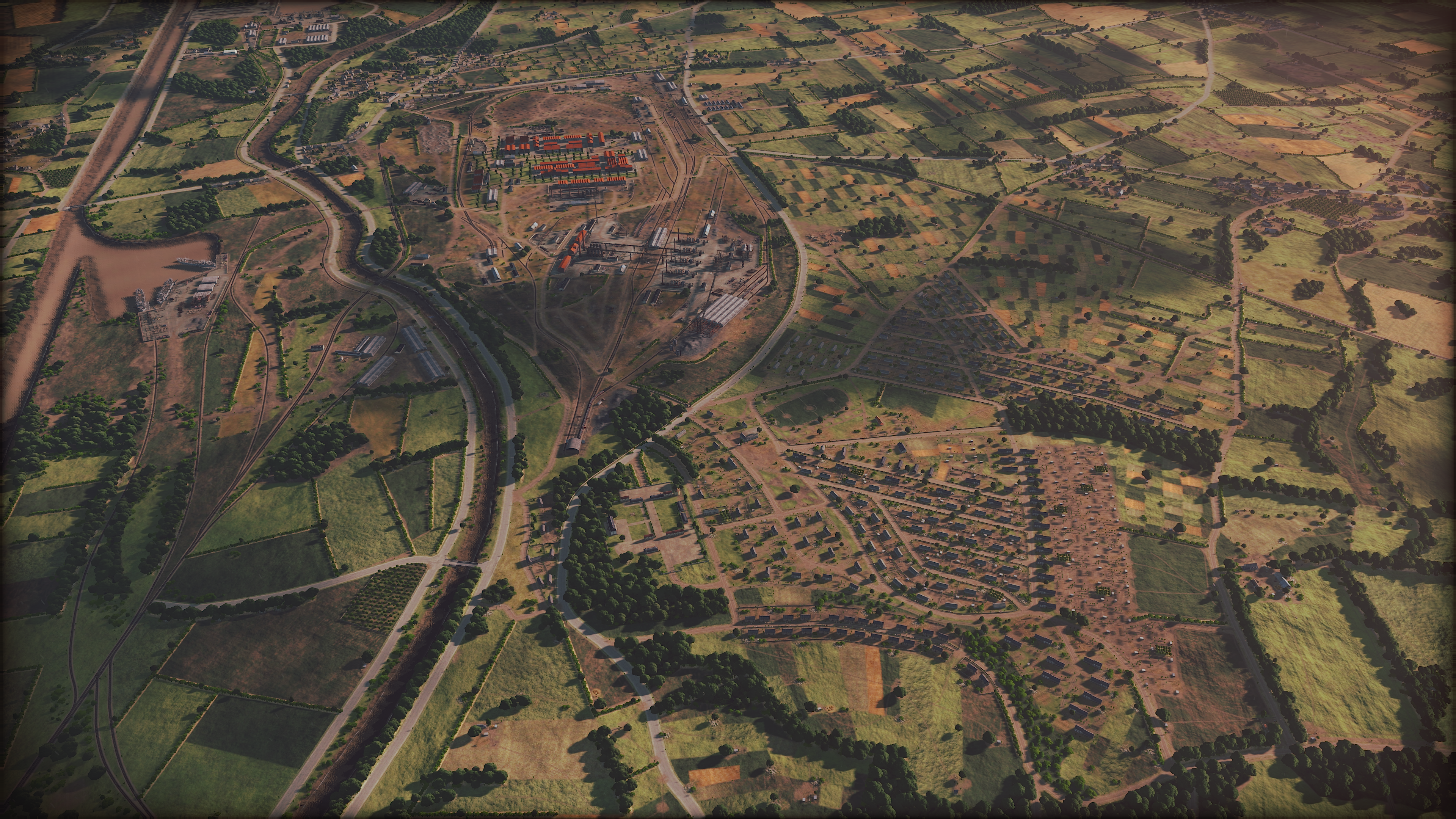
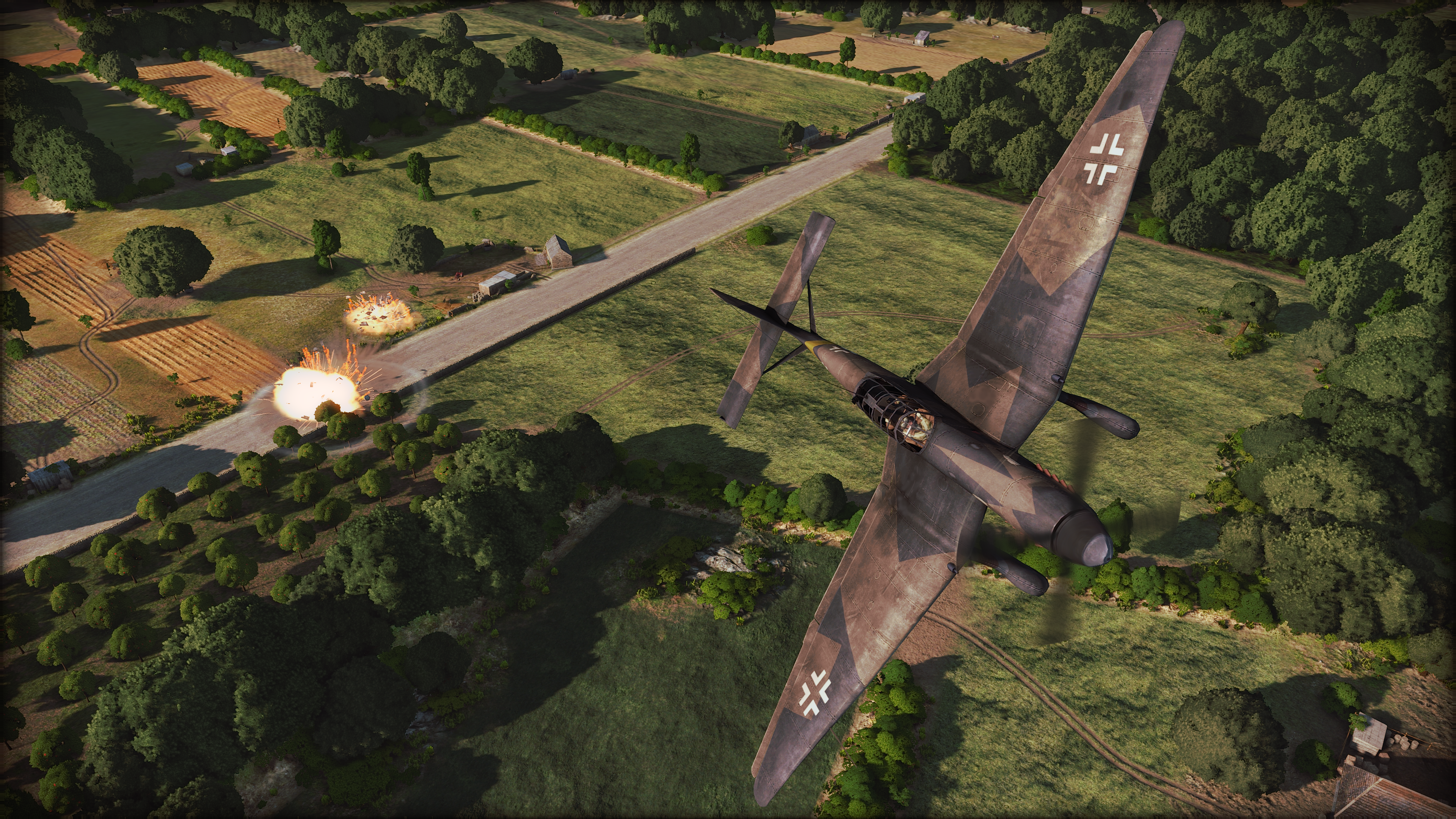
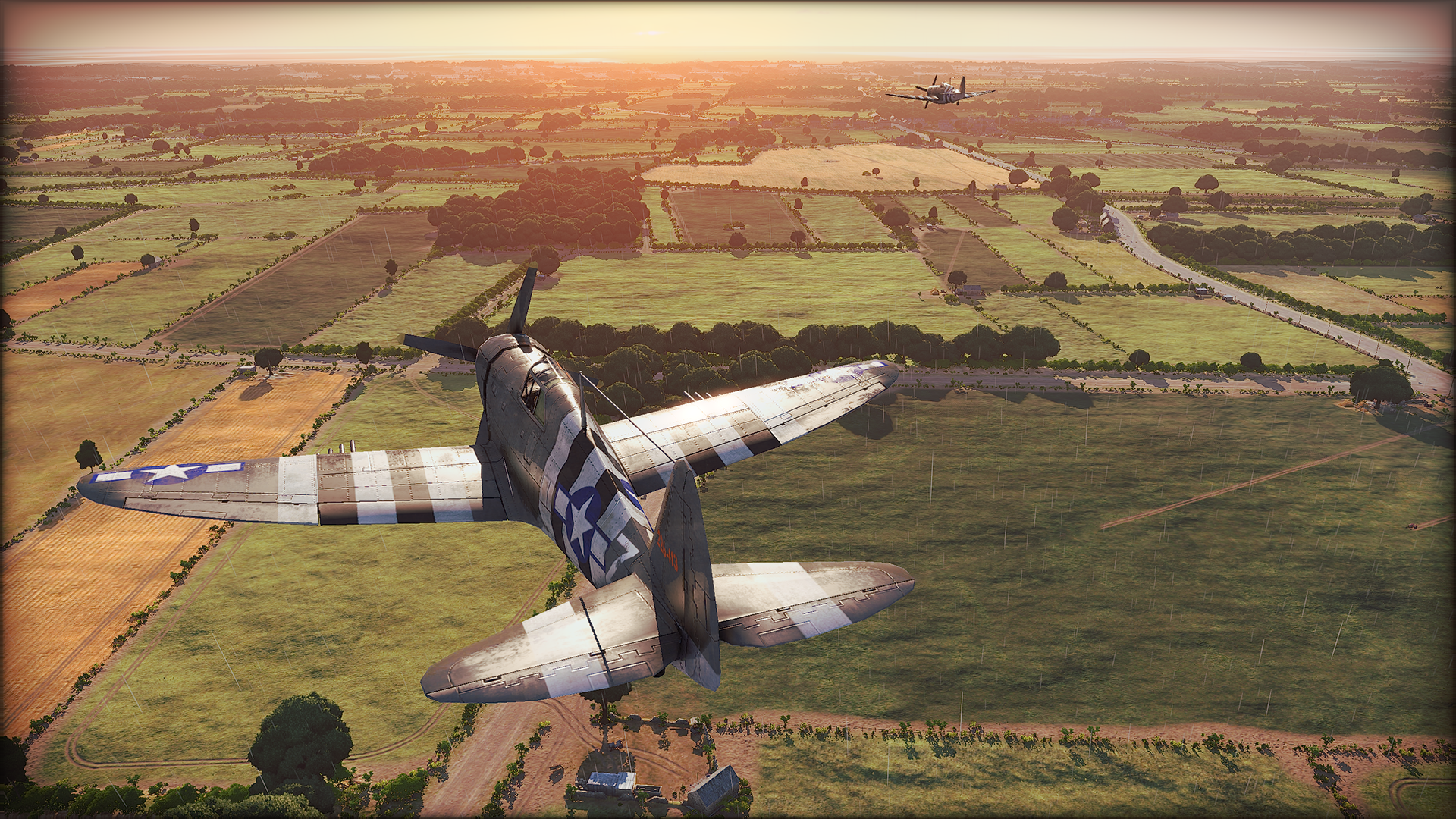


Len Hafer is a freelancer and lifelong PC gamer with a specialty in strategy, RPGs, horror, and survival games. A chance encounter with Warcraft 2: Tides of Darkness changed her life forever. Today, her favorites include the grand strategy games from Paradox Interactive like Crusader Kings and Europa Universalis, and thought-provoking, story-rich RPGs like Persona 5 and Disco Elysium. She also loves history, hiking in the mountains of Colorado, and heavy metal music.
